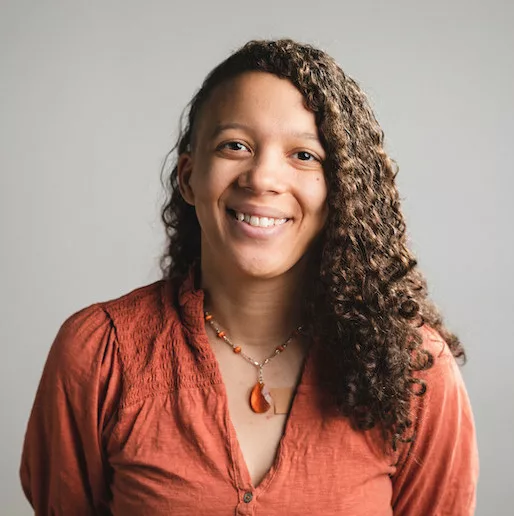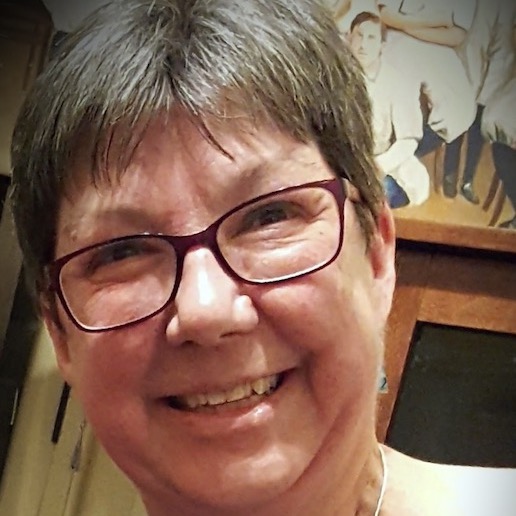Portland, Maine Poet Laureate
ey/they/she
Maya Williams is a religious Black multiracial nonbinary suicide survivor who was selected as Portland, ME's seventh poet laureate for a July 2021 to July 2024 term. Maya received a MFA in Creative Writing with a Focus in Poetry from Randolph College in June 2022. Eir debut poetry collection Judas & Suicide (Game Over Books, 2023) was selected as a finalist for the New England Book Award. They also have a second poetry collection, Refused a Second Date (Harbor Editions, 2023). Maya was selected as one of The Advocate's Champions of Pride in 2022 and one of Maine Humanities Council's recipients of the Constance Carlson Public Humanities Prize in 2024. Follow her at mayawilliamspoet.com

Talks
When God Gives Us a Lot We Can't Handle
Something simultaneously apparent and subtle that plays a role in our mental health is religion, whether we still identify with the religion we were raised in or not. Maya Williams' poetry collections Judas & Suicide and Refused a Second Date addresses the impacts of religious related trauma. This talk involves a reading of poems and conversation about poetry in relation to religion and mental health.


